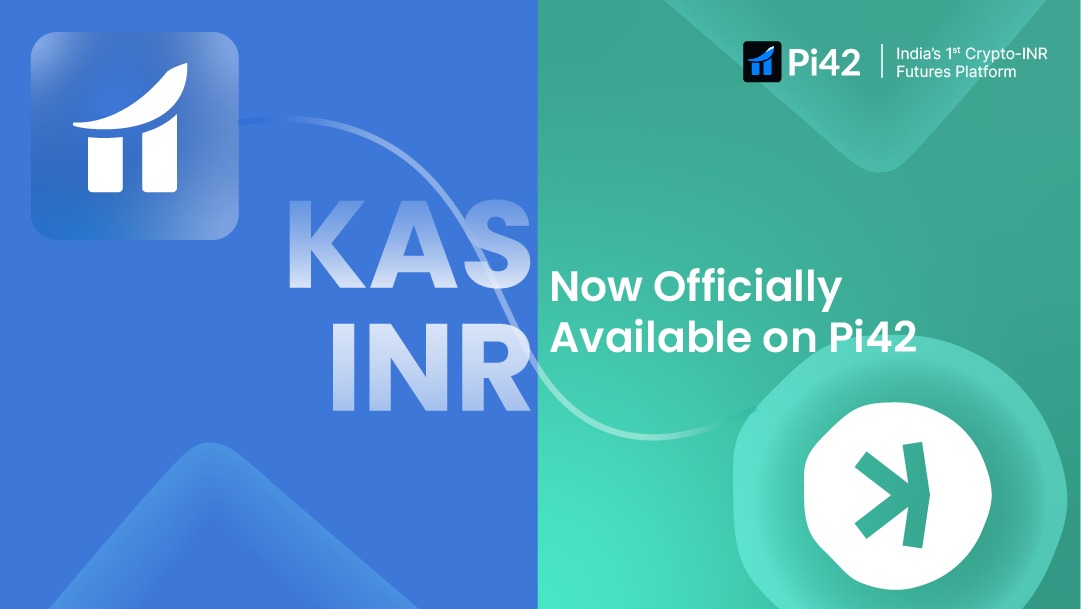Greetings, Pi42 traders! Buckle up for another power-packed pair on Pi42! Now, Indian crypto enthusiasts can leverage Pi42 to trade KAS futures contracts directly with the Indian Rupee (INR).
What is Kaspa (KAS)?
Kasp is a next-generation Proof-of-Work (PoW) blockchain platform designed for security, efficiency, and long-term sustainability. Unlike some traditional PoW blockchains, Kaspa focuses on:
- Enhanced Security: Kaspa utilizes a unique hybrid consensus mechanism that combines the security of PoW with the efficiency of alternative consensus models.
- Scalability and Efficiency: The platform is designed for scalability, aiming to handle a growing number of transactions without compromising performance.
- Sustainable Mining: Kaspa prioritizes environmentally friendly mining practices, ensuring the long-term viability of the network.
Benefits of Kaspa (KAS):
- Fair Mining Distribution: Kaspa implements a fair mining distribution model, ensuring a more decentralised network.
- Focus on Developer Adoption: The platform actively fosters developer adoption by offering user-friendly tools and resources.
- Strong Community Support: Kaspa boasts a passionate and growing community dedicated to the project’s success.
Key Features of Kaspa (KAS):
- Hybrid Consensus Mechanism: Kaspa’s innovative approach combines PoW with other consensus models, offering a robust and secure foundation.
- Scalable Block Size: The platform utilizes a dynamic block size adjustment mechanism to manage transaction volume efficiently.
- Strong Community Governance: Kaspa empowers its community through a fair and transparent governance system.
Trading KAS-INR on Pi42:
Excited to explore the world of Kaspa? Here’s your guide to trading KAS-INR on Pi42:
- Login: Access your Pi42 account.
- Navigate: Head to the trading terminal.
- Select the Pair: Choose KAS-INR from the dropdown menu.
- Define Your Position: Enter your desired investment amount, select your preferred leverage, and adjust the percentage according to the minimum asset requirements.
- Set Limits (Optional): Establish Take Profit and Stop Loss orders to manage your risk.
- Execute Your Trade: Click “Buy/Long” or “Sell/Short” based on your market analysis.
- Track Your Trade: Monitor your open positions in the “Orders and Positions” section below the trading chart.
Disclaimer: This blog post is for informational purposes only and should not be considered financial advice. Please conduct your own research before making any investment decisions.

